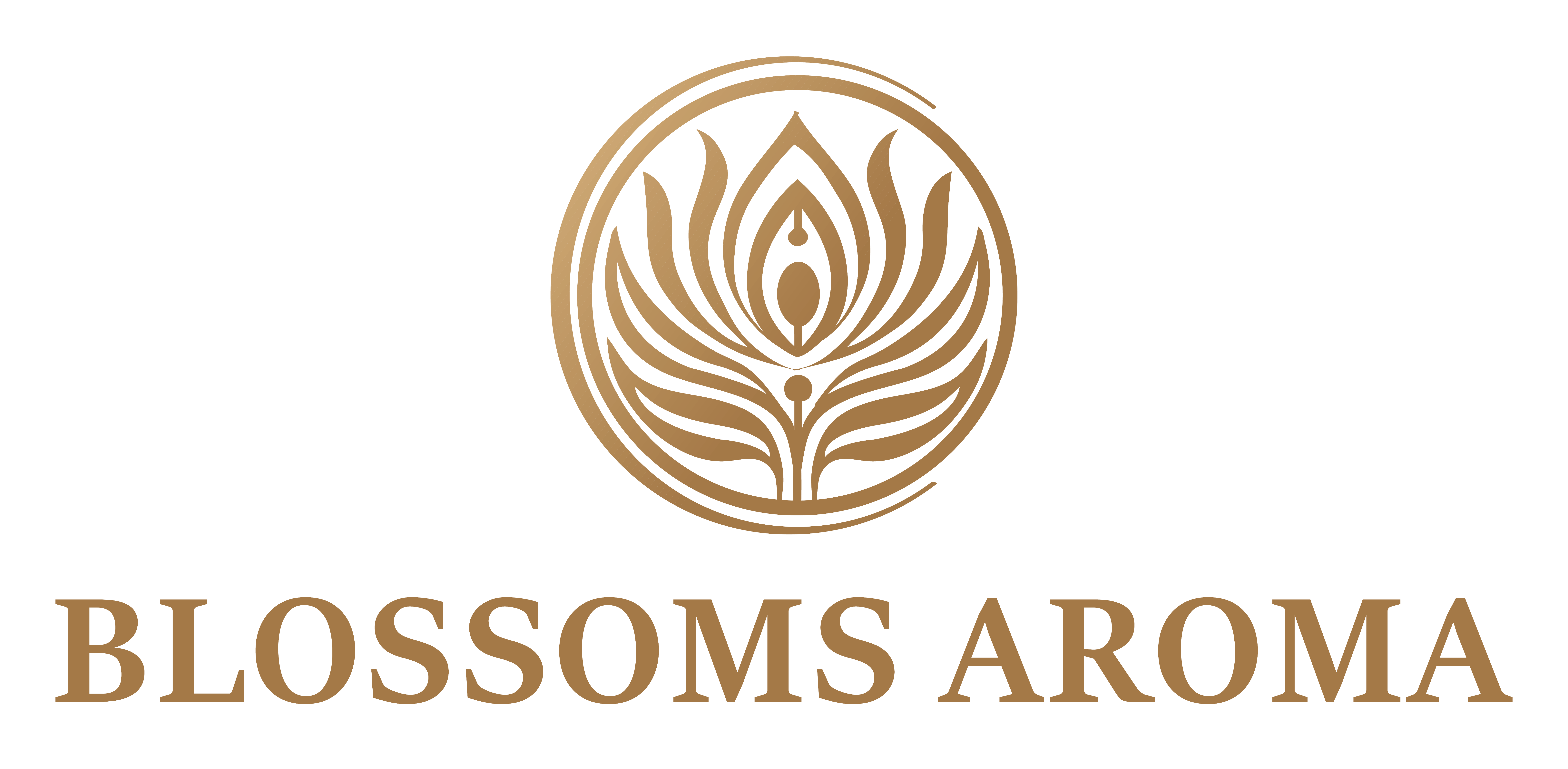Amber OIL
All About Cinnamon Leaf Oil:
Cinnamon is native to Sri Lanka. Today it is grown in many tropical areas including Java, Burma, Borneo & throughout South America. Cinnamon was first time mentioned in Chinese documents.
Cinnamon Leaf Oil Specifications:
|
GENERAL CHARACTERISTICS |
|
|
Product |
|
|
Botanical Name |
Cinnamomum verum J.S.Presl. |
|
Family |
Lauraceae |
|
Part of the plant used |
Leaves |
|
Fema number |
2292 |
|
CAS NO. |
8015-91-6 |
|
HSN CODE |
33012918 |
|
EINECS Number |
283-479-0 |
|
Appearance |
Mobile liquid |
|
Colour |
Reddish brown or dark brown liquid |
|
Odour |
Characteristic odour reminiscent of eugenol |
|
IDENTIFICATION |
|
|
A. TLC |
It complies with test |
|
B. GC |
It complies with test |
|
|
|
|
PHYSIO-CHEMICAL PROPERTIES- |
|
|
Relative density |
0.945- 1.144 |
|
Refractive index at 20˙C |
1.445 – 1.665 |
|
Optical rotation |
(-1.5˙) – (+7˙) |
|
Storage |
In well fitted container.Protected from heat |
Cinnamon Leaf oil history:
In 15th century, cinnamon oil was used by grave robbers in their oil blends, which were meant to protect them against plague. This oil was also used as a sedative during birth (Know more oil that helpful in Labor). In early 200 BCE cinnamons was imported in Ancient Egypt.
Cinnamon oil industrial uses:
Cinnamon oil is extensively used in Fragrance and Flavor industry and is widely used as essential oil in a aromatherapy, cosmetics, personal care products and as a alternative medicine. It provides calming effect on the skin and soothes skin irritations and burns.
Properties (Based on COA Report)
Synonyms: Ceylon Cinnamon, Cinnamon oil, Cinnamomum zeylanicum, Cinnamomum verum.
Botanical Name: Cinnamomum zeylanicum,
Part Used: Leaf
Color: Clear yellow
Viscosity: Viscosity is medium to watery
Perfumery Note: Typical taste of Cinnamon
Shelf Life: Two Years
Density: 0.980-1.090
Refractive Density: 1.573-1.600
EXTRACTION:
Cinnamon leaf oil is extracted by the mode of steam distillation from leaves and twigs of the plant. Leaves yield 1.6 % to 1.8 % of oils. Oil extracted from leaves is more delicate.
ECOLOGICAL INFORMATION:
Cinnamon can grow on any soil under different tropical condition. In Sri Lanka it is grown widely in some part of dry zone, intermediate zone & wet zone on different soil type. Suitable temperature for cinnamon growth is between 20-30 c. Average rainfall should be 1250 mm to 2500mm.
15 Proved Uses and benefits:
- Pharma Uses: Cinnamon oil has Antimicrobial & cancer fighting properties.
- It has been found to prove a good anti-inflammatory agent.
- It is helpful in the treatment of Diabetes.
- Urinary tract infection is very common in hospitals & other places. Cinnamon oil may be able to help preventing urinary tract infection
- It is used in Dental and Pharmaceuticals Products.
- It is very good Insect repellent.
- Traditionally Cinnamon oil has been used to treat toothache and fight bad breath.
- It is a good memory booster.
- Cosmetics Uses: As a cheap fragrance it is added to soap and insecticides.
- It is suitable for the use in skincare products.
- It is used in bar soap, facial moisturizer, Shampoo (Other Essential oil for Shampoo), hand cream, hair conditioner, skin treatment, lip balm and toothpaste.
- It is culinary spice it is used as a condiment.
- It is also used as a flavoring agent for seasoning and savory snacks.
- It is used in donuts, apple pie, buns, candies, tea, hot cocoa, in Liquors and in the preparation of chocolates.
- Cinnamon essential oil has antibacterial property which can aid in the preservation
Abstract or How to Extract it?
The Chemical components of the Cinnamon essential oil obtained from the leaves are Euginol, Euginol acetate, Cinnamic aldehyde and benzyl benzoate.
CONCOCTION:
It blends with benzoin, cloves, coriander oil, Cardamom oil, Frankincense oil, Ginger Oil, Grapefruit Oil, Lavender, Rosemary Oil and Thyme.
SAFETY MEASURE:
Eye Contact
Check for and remove any contact lenses. In case of contact, immediately flush eyes with plenty of water for at least 15 minutes. Get medical attention.
Skin Contact
In case of contact, immediately flush skin with plenty of water for at least 15 minutes while removing contaminated clothing and shoes. Cover the irritated skin with an emollient. Wash clothing before reuse. Thoroughly clean shoes before reuse. Get medical attention immediately.
Inhalation:
If inhaled, remove to fresh air. If not breathing, give artificial respiration. If breathing is difficult, give oxygen. Get medical attention.
Ingestion:
Do NOT induce vomiting unless directed to do so by medical personnel. Never give anything by mouth to an unconscious person. Loosen tight clothing such as a collar, tie, belt or waistband. Get medical attention if symptoms appear.
STORAGE & HANDLING:
Keep locked up. Keep away from heat. Ground all equipment containing material. Do not ingest. Do not breathe gas/fumes/ vapor/spray. Wear suitable protective clothing. In case of insufficient ventilation, wear suitable respiratory equipment. If ingested, seek medical advice immediately and show the container or the label. Avoid contact with skin and eyes.
Keep container in a cool, well-ventilated area. Keep container tightly closed and sealed until ready for use.
TOXICOLOGICAL INFORMATION:
It contains a toxic compound known as coumarin. High concentration of coumarin has been found to cause damage to kidney and liver.
Hazardous in case of skin contact (irritant, permeator), of inhalation. Slightly hazardous in case of ingestion.

